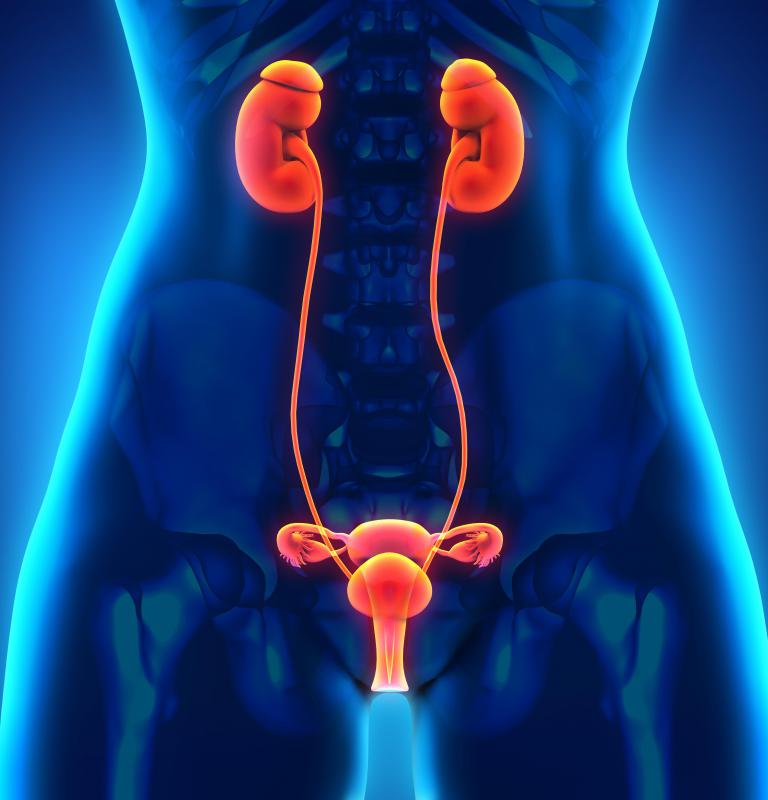At TheHealthBoard, we're committed to delivering accurate, trustworthy information. Our expert-authored content is rigorously fact-checked and sourced from credible authorities. Discover how we uphold the highest standards in providing you with reliable knowledge.
What Is an Isograft?
An isograft is a transplant with donor material from someone who is genetically identical to the recipient. The primary advantage to this type of transplant is that the risk of rejection is minimal because the donor and host share a major histocompatibility complex. In rare instances, a condition called graft versus host disease can develop, but this is extremely unusual, especially when compared with allografts from members of the same species. Such grafts come from hosts who are carefully screened as matches, but are genetically different.
Some examples of procedures that can involve an isograft may include bone marrow transplant and kidney transplant from living donors, along with donations of cadaver tissue. Monozygotic twins can donate tissue and organs to each other for use in isografts, as long as they pass other tests used to evaluate prospective donors. These can include screens for communicable diseases that might endanger the recipient.

Risks associated with an isograft are generally lower because the body shouldn’t reject the transplant material. It recognizes it as genetically identical and will integrate it like the patient’s own tissue. There are still potential risks of infection and complications around the surgical site, however. Resolving concerns about rejection can make it much more likely that a transplant will be a success, and the patient won’t need aggressive immunosuppressive drugs to force the body to accept the donor tissue.

In some cases, patients develop a triad of symptoms at least three months after an isograft procedure, indicating that they have graft versus host disease. These symptoms include jaundice, rashes, and gastrointestinal distress. Bone marrow or stem cells from the donor in this situation start to attack the recipient’s body, even though it is genetically identical, and this can make the recipient very ill.

When a patient has a medical condition that may require a graft for treatment, such as a bone marrow cancer, the first choice for donor material is a twin, if one is available. If an isograft is not an option, a family member can be a good choice because of the decreased risk of a potential rejection. In situations where a family member is not available or not compatible, patients can be put on a waiting list for donor tissue, or may make private arrangements for donation; for example, people who need kidneys and have willing donors who aren’t matches might perform a kidney swap with other people in the same situation.
AS FEATURED ON:
AS FEATURED ON:














Discuss this Article
Post your comments